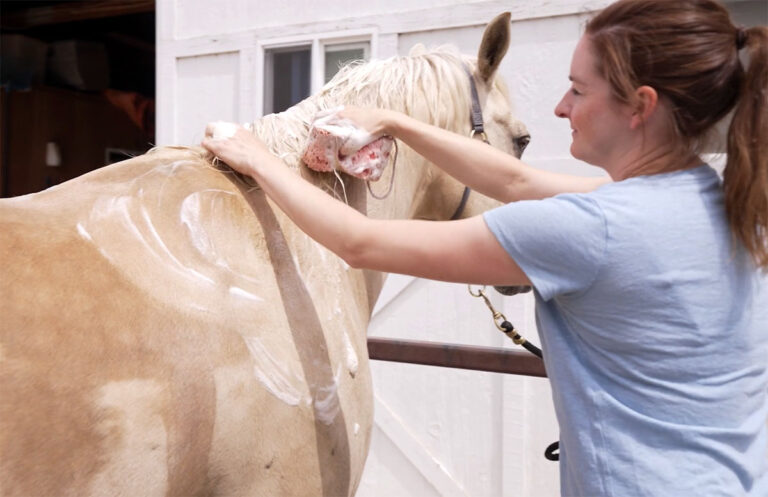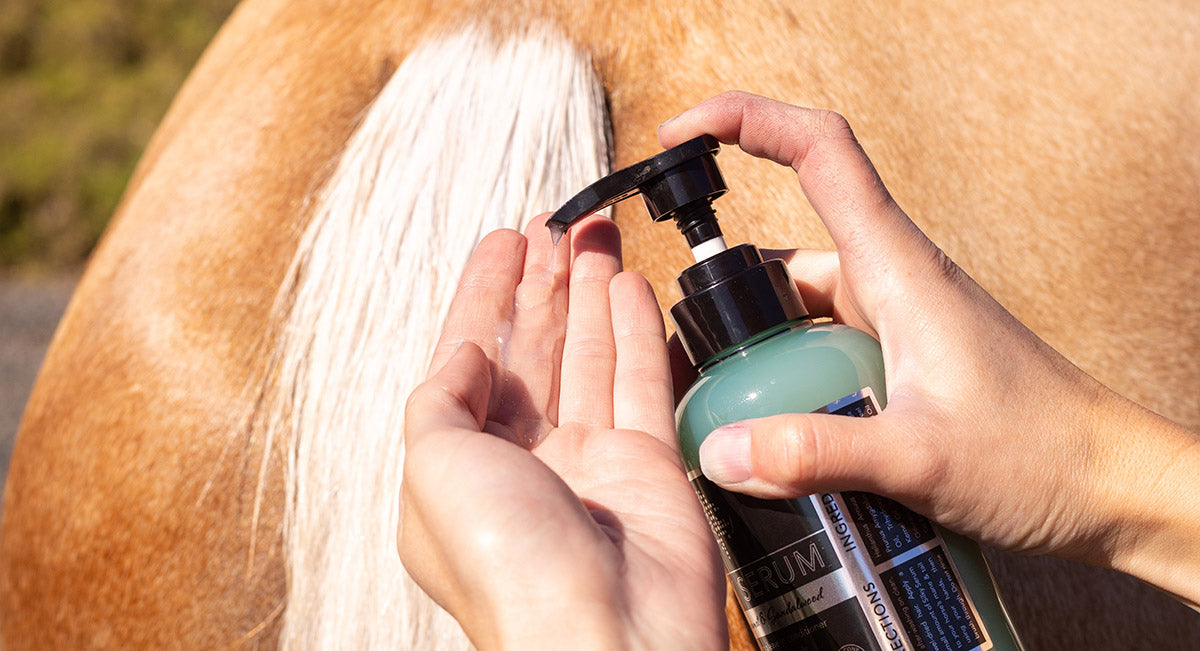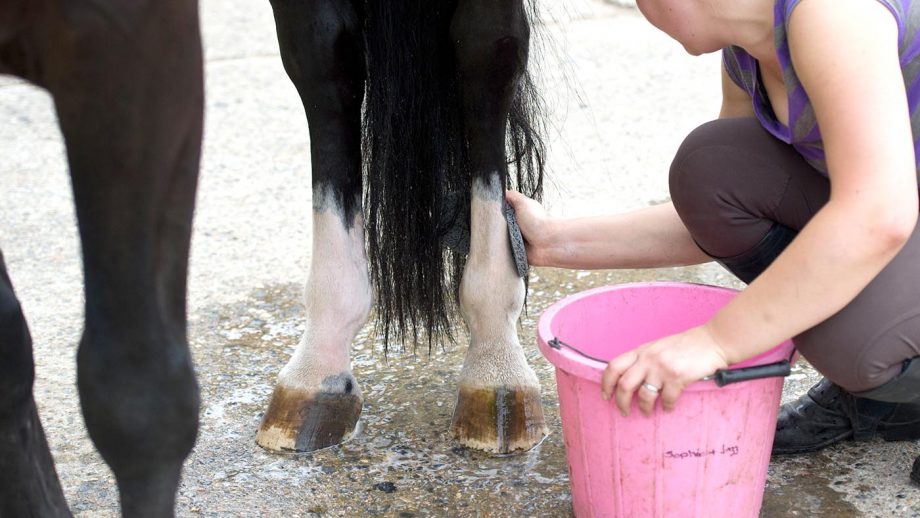Horse enthusiasts can encounter various health issues with their beloved animals, but none are quite as common and concerning as hoof abscesses. Understanding how to treat an abscess in a horse hoof is essential for ensuring the well-being and comfort of these magnificent creatures.

Understanding Hoof Abscesses
A hoof abscess is a pocket of pus that forms within a horse’s hoof. It’s usually caused by an infection that can be a result of a foreign object entering the hoof or an injury. Symptoms often include lameness, heat in the hoof, and swelling.
Causes of Hoof Abscess
There are several reasons a horse might develop an abscess in its hoof. Common causes include:
- Puncture wounds
- Nail pricks
- Softening of the hoof due to excessive moisture
- Horse shoes
Signs and Symptoms
The most noticeable sign of an abscess is sudden lameness. Horses may also show other symptoms like warmth in the hoof, increased pulse, and refusal to bear weight on the affected foot.
Identifying the Abscess
Accurate identification is crucial. A vet or a skilled farrier can determine the exact position of the abscess, which is key to establishing an effective treatment plan.
Treating a Hoof Abscess
Treatment typically includes soaking the hoof, application of poultices, and potentially drainage.
Soaking the Hoof
Soaking the hoof in warm water with Epsom salts can help soften the hoof and draw out infection. This approach assists in reducing pain and promoting healing.
Applying Poultice
Poultices draw out infection by applying a heated material that retains heat and moisture. Types include commercial preparations, homemade solutions like sugar and iodine, or Epsom salt pastes.
Draining the Abscess
If necessary, the abscess might need to be opened and drained by a professional. This should be a last resort as improper drainage can lead to more severe issues.
Farrier and Veterinary Assistance
For more significant or persistent abscesses, calling in a farrier or vet is often required. These professionals can utilize their expertise to relieve pressure effectively and safely.
Caring for Your Horse During Recovery
Caring for a horse during and after recovery is crucial. Key aspects include:
- Promoting comfort with soft bedding
- Keeping the hoof clean
- Regular monitoring
It’s essential to provide a safe and stress-free environment to promote healing.
Preventing Hoof Abscesses
Preventive measures are vital. Regular hoof care, maintaining dry and clean living conditions, and promptly addressing injuries can greatly reduce the risk of abscess formation.
Final Thoughts
Treating an abscess is manageable with the correct approach and knowledge. Always consider seeking professional help when uncertain about any aspect of care. For further reading on general horse care, visit horse first aid or learn more about different gear items needed for equestrian activities.

FAQs
What can cause an abscess in a horse’s hoof?
Abscesses are often caused by foreign objects, injuries, or bacteria entering the hoof.
How can I help my horse during an abscess?
Provide a comfortable resting environment and follow a treatment plan of soaking, applying poultices, and seeking professional guidance.
When should I call a vet for a hoof abscess?
If your horse exhibits severe lameness or if initial treatment does not improve the condition, professional attention is recommended.







